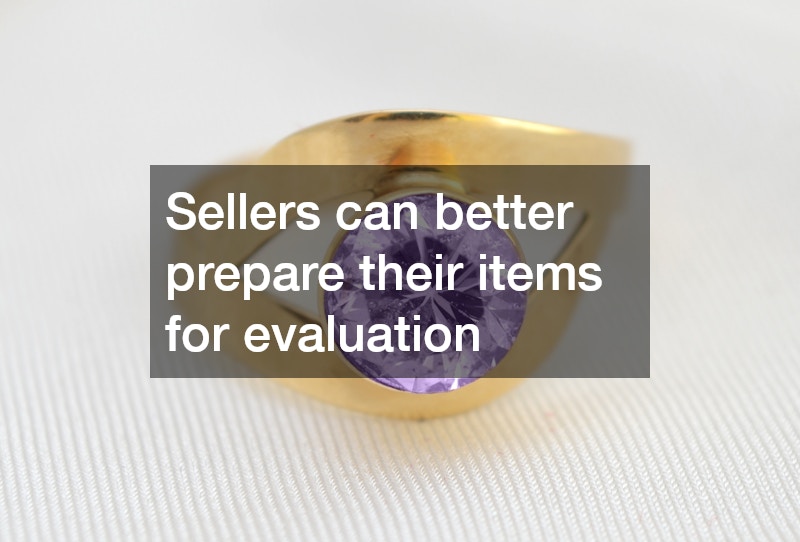The allure of gold jewelry has captivated treasure seekers and investors for centuries. Understanding what gold buyers assess during evaluations can empower sellers to secure the best deals. This article explores critical factors that influence the decision-making process of gold buyers.
How Do Gold Buyers Determine the Value of Your Jewelry?
Karat and Purity
Gold buyers start by examining the karat and purity of your jewelry, as these aspects directly affect its intrinsic value. The higher the karat, the more pure gold your item contains, which tends to increase its market worth. They use specialized tools and techniques to ascertain these features accurately.
Buyers are particularly keen on verifying the stamp impressions that indicate the karat. Often, a piece marked with “18K” implies that it’s composed of 75% gold, making it more valuable than a 14K counterpart. The absence of clear markings can prompt buyers to perform acid tests for precise purity determination.
Sellers should be informed about the karat standards, as these dictate the item’s market appeal and value. Gold purity is often a focal point during appraisals, setting the stage for the subsequent price negotiation. Being knowledgeable about such standards allows sellers to engage confidently with interested buyers.
Weight and Size
The physical weight and size of your jewelry are essential in valuation. Heavy pieces with substantial gold content usually command higher prices. Buyers often weigh items using precise scales to determine their exact value.
For instance, a thicker gold chain or a larger bracelet will naturally carry more weight and thus more value. Market pricing frequently hinges on per-gram calculations, emphasizing the importance of weight. Sellers should ensure their jewelry is properly cleaned and free of contaminants that might artificially affect the scale reading.
Size also encompasses the design structure, where larger surface areas can bear intricate designs or patterns. More gold means more material for potential reuse or resale. Therefore, ensuring every gram counts is critical for accurate valuation.
Market Demand and Trends
Gold buyers also consider current market demand and trends. Certain styles, designs, or historical periods being in vogue can lead to higher offers, making market awareness crucial for sellers. A vintage piece might fetch a significantly different price than a modern equivalent based on its historical appeal.
For instance, Art Deco designs often garner special interest, influencing offers positively for sellers aware of such trends. Buyer interest is not only dictated by the material’s worth but also by the prevailing aesthetic demands. This means sellers should stay informed about the shifts in buyer preferences and market dynamics.
Why Might Your Jewelry Be Worth More Than Just the Gold Content?
Artistic and Historical Significance
Beyond gold content, the craftsmanship and historical significance of your jewelry can significantly enhance its value. Unique designs or rare pieces often attract premium prices from buyers. This is especially true for items linked to a notable designer or historical era.
Pieces from renowned jewelry houses like Tiffany & Co. or Cartier embody artistic significance that extends beyond their material composition. This brand recognition often enhances desirability, irrespective of gold content alone. Buyers may pay a premium to own a piece of this design legacy.
Historical periods can also add layers of allure, such as jewelry from the Victorian era. Items with backstories tied to significant historical events or figures often attract collectors, driving up value. Sellers should research their jewelry’s provenance to leverage its artistic and historical significance during appraisals.
Gemstones and Additional Materials
Jewelry containing valuable gemstones or additional precious materials like platinum can also fetch higher evaluations. Buyers will assess these components separately to provide a comprehensive offer. Evaluating the quality and authenticity of gemstones like diamonds or sapphires is a crucial part of this process.
The gemstone quality is evaluated based on criteria known as the “Four Cs”: cut, color, clarity, and carat weight. These elements can significantly elevate the jewelry’s overall appraisal, often exceeding gold’s intrinsic value. Additionally, the presence of exotic materials like platinum or palladium in your piece may further enhance its worth.
Sellers should be aware of the gemstone evaluation process, as accurate assessments can greatly impact final offers. Moreover, documentation proving authentic material sources can bolster trust during negotiations. Each additional material or stone should be appraised independently to provide a holistic pricing perspective.
By understanding the factors that gold buyers prioritize, sellers can better prepare their items for evaluation, ultimately maximizing their returns. Whether it’s the purity, weight, artistry, or condition, each element plays a vital role in determining your jewelry’s final valuation. Sellers who take the time to enhance these aspects can effectively enhance the appeal and value during negotiations.
.

